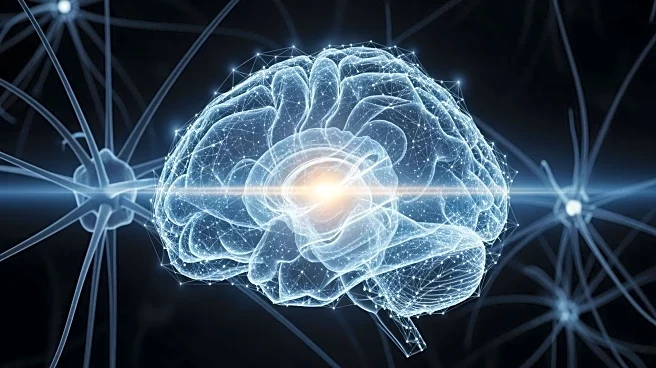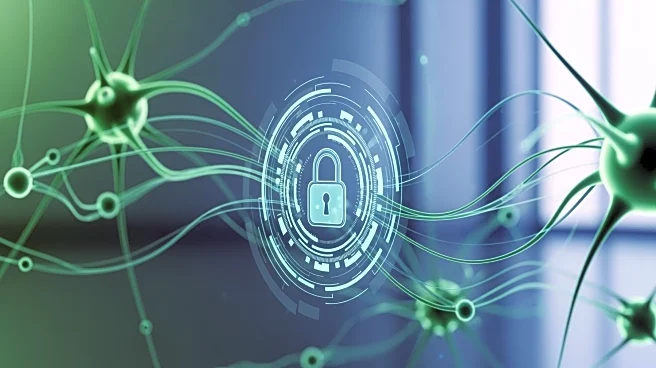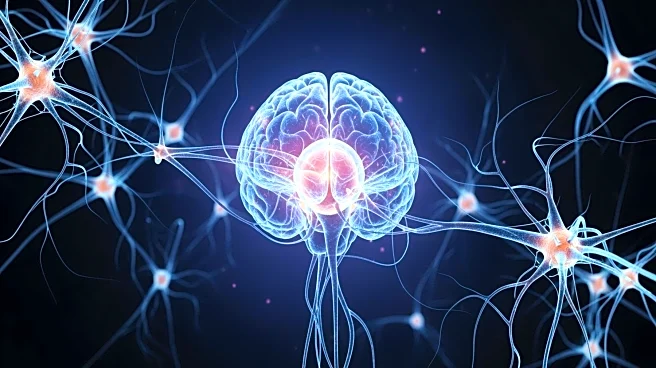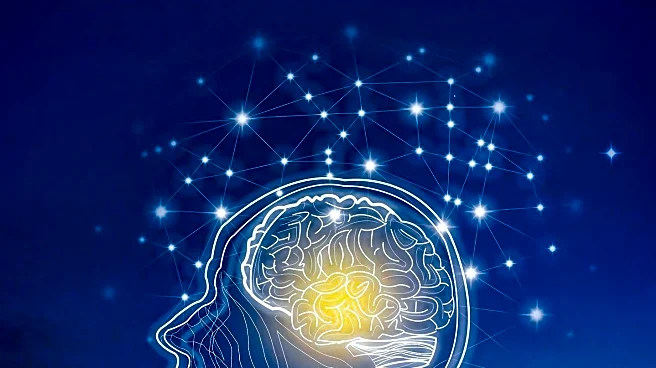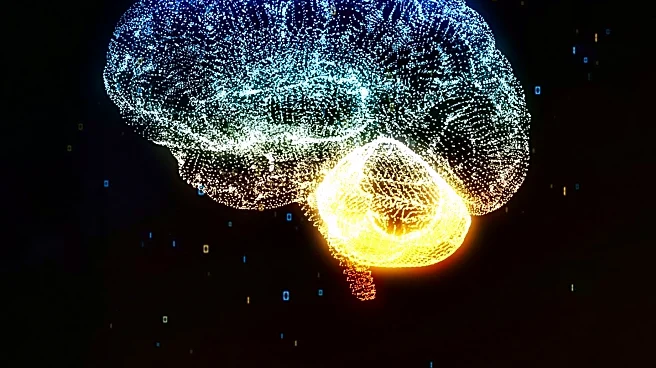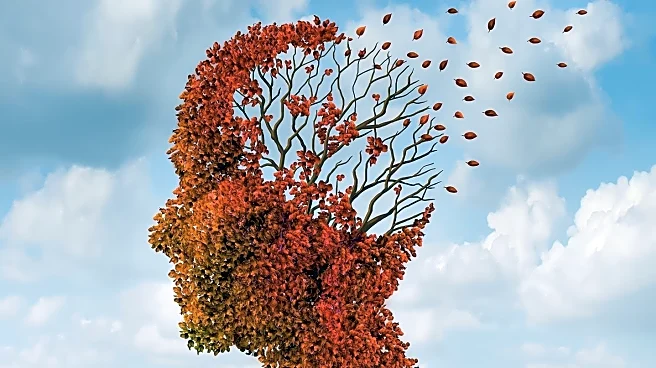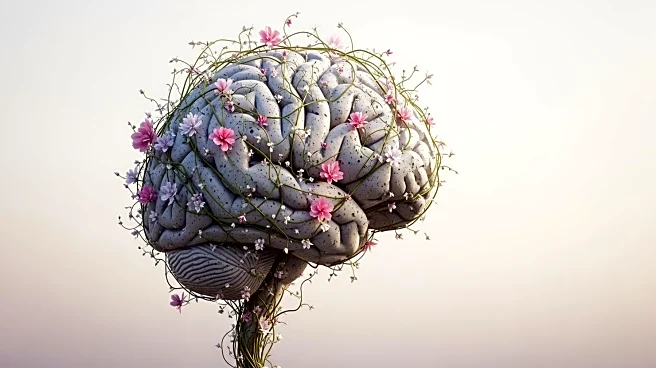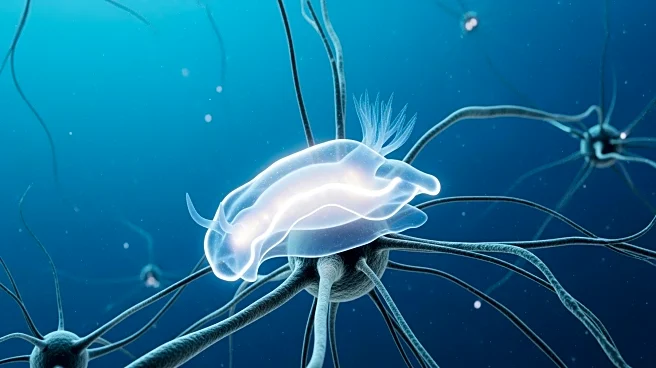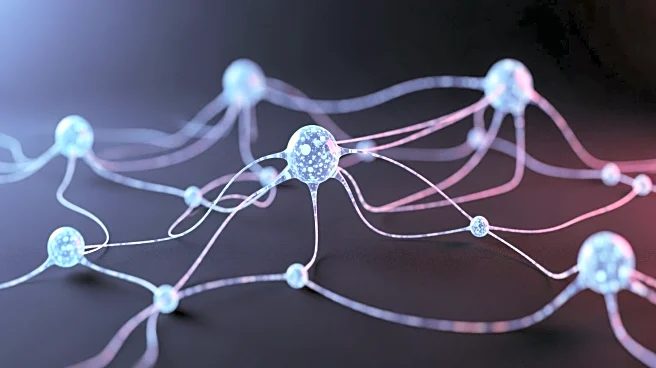What's Happening?
The DREAM project, an international collaboration coordinated by Monash University, has published findings in Nature Communications that challenge traditional views on sleep and dreaming. The study analyzed 2,643 awakenings from 505 volunteers across
20 studies in 13 countries, revealing that dreaming is not exclusive to REM sleep. Participants reported dream experiences in 85% of REM cases and surprisingly, in 40% to 60% of NREM awakenings. The research utilized EEG and MEG technologies to examine brain activity, discovering that during NREM dreams, brain waves exhibited faster, smaller oscillations similar to wakefulness. This suggests parts of the brain may remain alert during deep sleep, indicating consciousness during sleep is more of a spectrum.
Why It's Important?
The findings from the DREAM project have significant implications for understanding sleep and consciousness. By demonstrating that dreaming can occur outside of REM sleep, the study challenges long-held assumptions about sleep stages. This research could pave the way for new methods to monitor consciousness during sleep, potentially serving as early markers for cognitive disorders such as Alzheimer's disease. The ability to detect dreams using artificial intelligence models based on brain activity alone could revolutionize sleep studies and contribute to the development of non-invasive dream detection tools, enhancing our understanding of brain function during sleep.
What's Next?
The DREAM project's findings may lead to further research into sleep-stage mapping and dream monitoring, with potential applications in diagnosing and understanding cognitive disorders. As artificial intelligence models improve in accuracy, they could be integrated into clinical settings to monitor patients' sleep patterns and detect early signs of neurological conditions. Researchers may also explore the ethical implications of dream monitoring and the privacy concerns associated with such technology.
Beyond the Headlines
The study's revelation that parts of the brain may remain alert during deep sleep raises questions about the nature of consciousness and its boundaries. This could influence philosophical debates on the definition of consciousness and its presence during sleep. Additionally, the use of AI in dream detection highlights the growing intersection of technology and neuroscience, prompting discussions on the role of machine learning in understanding human cognition.
